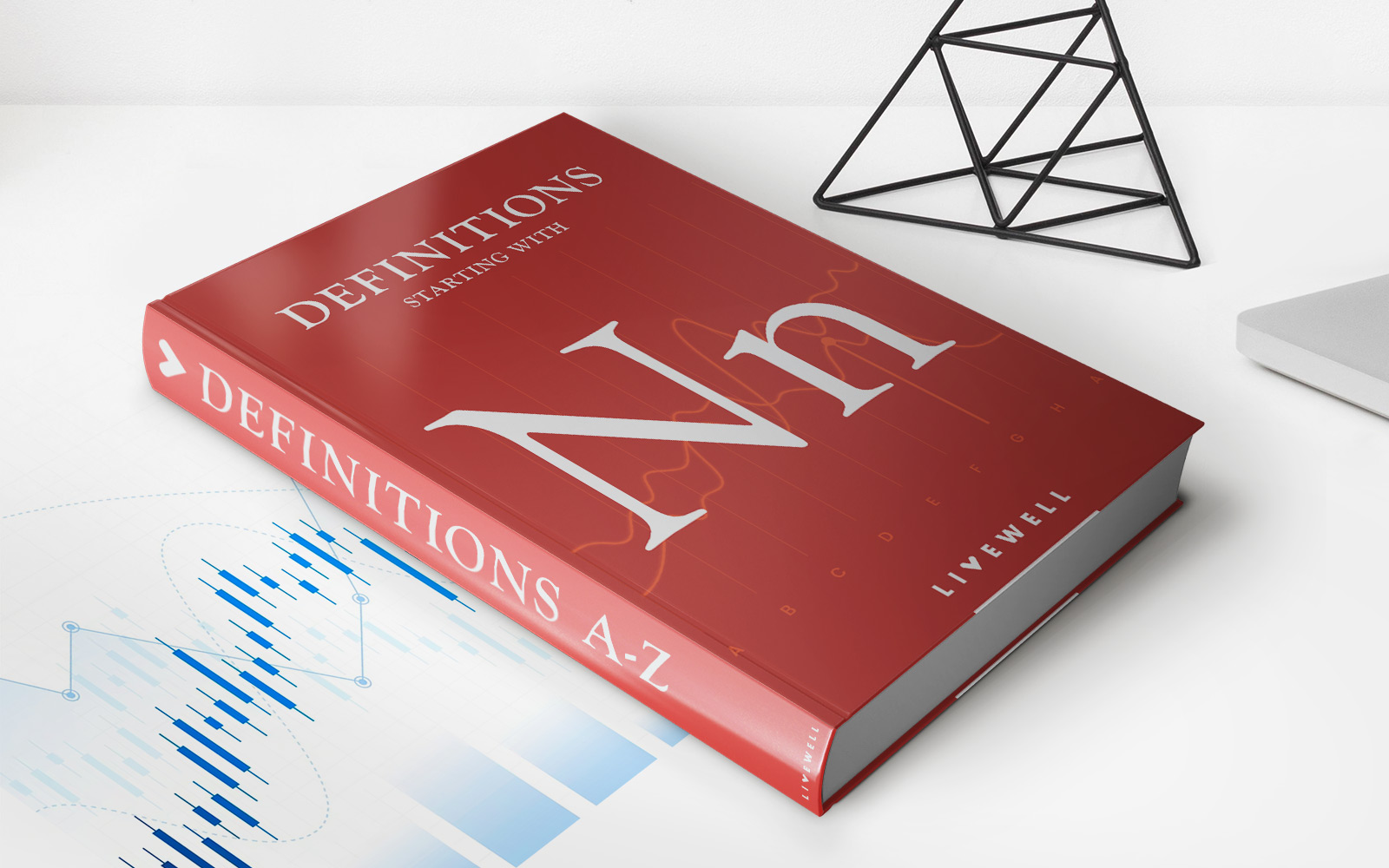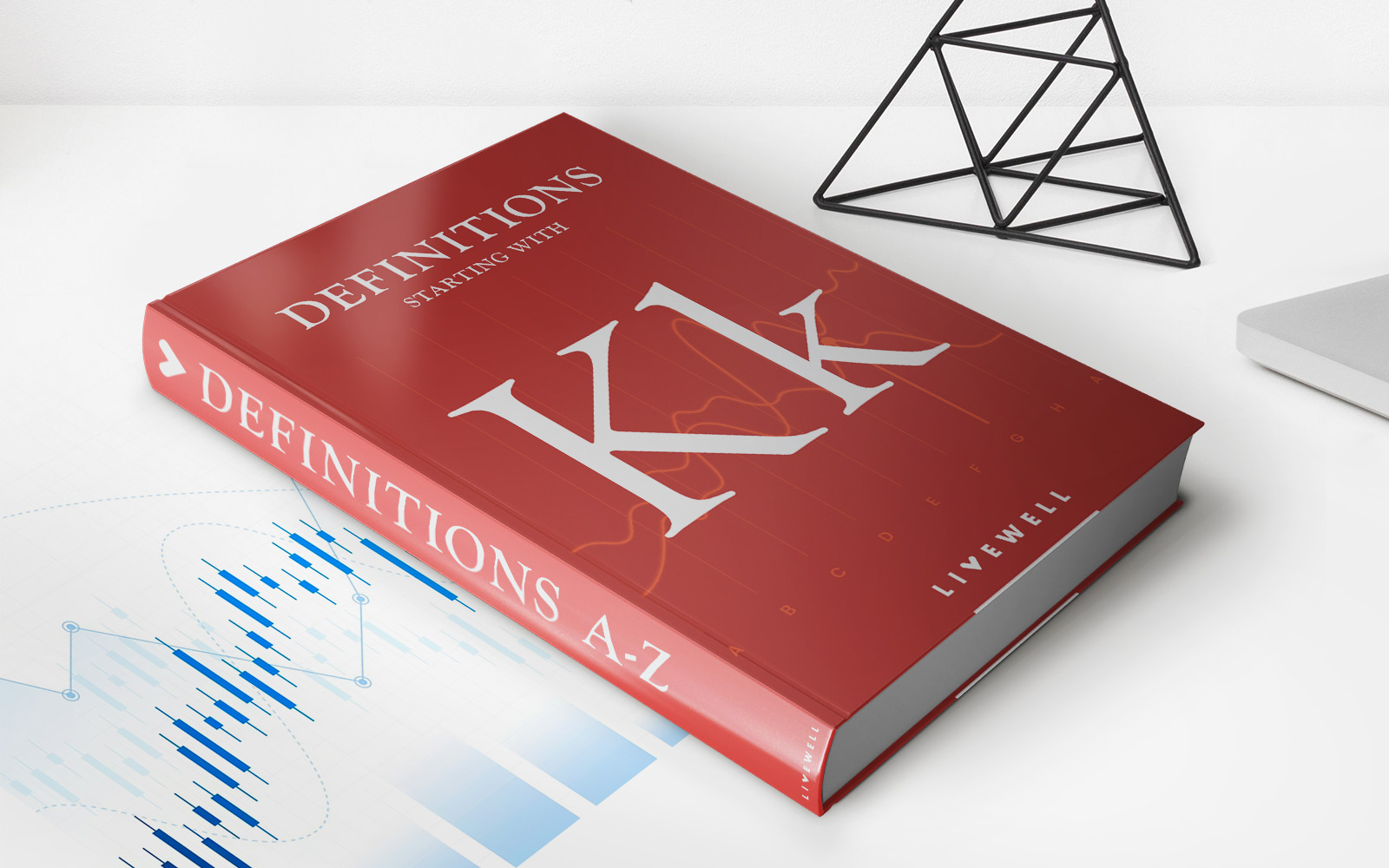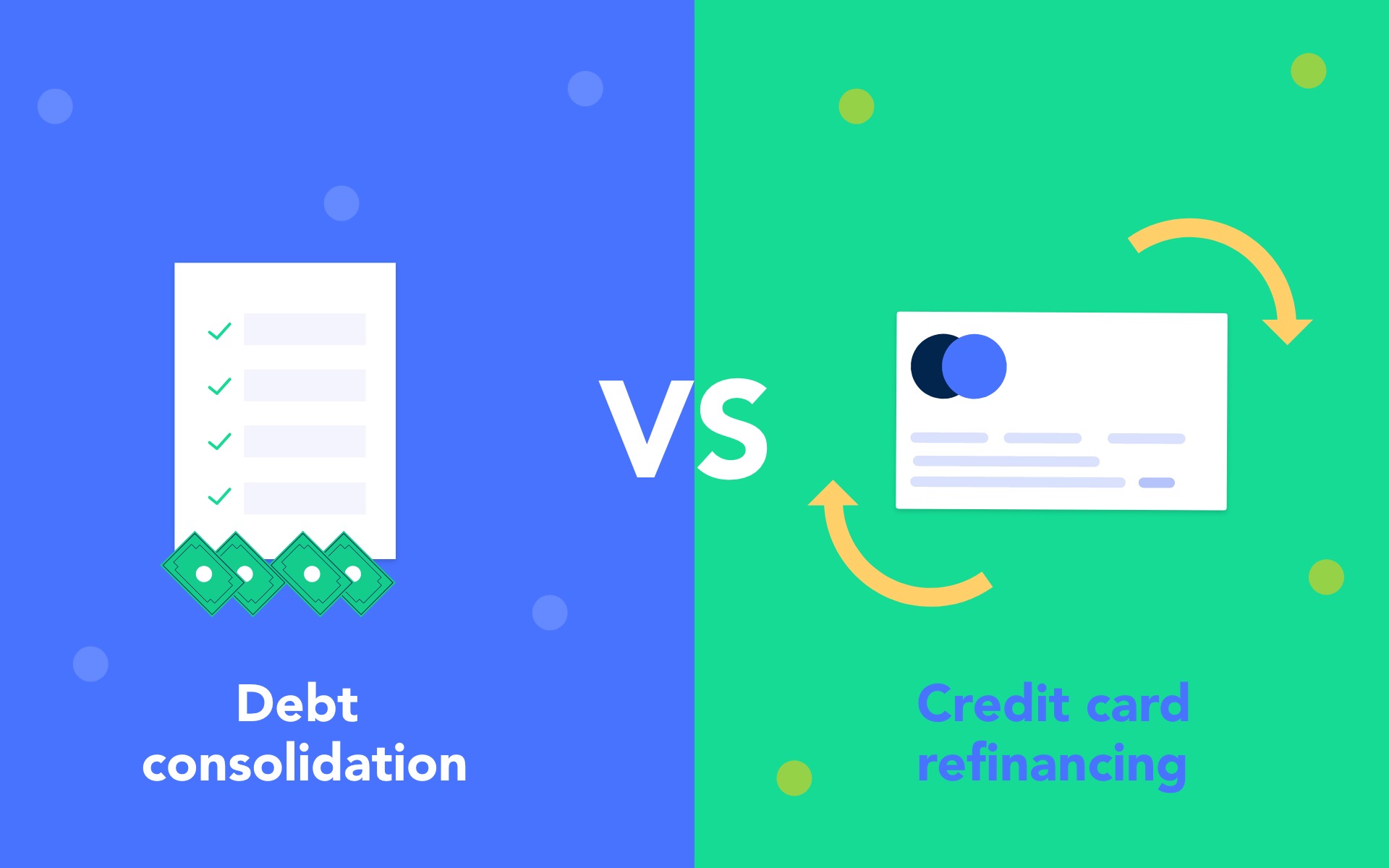Home>Finance>Cost-Plus Contract: Definition, Types, And Example


Finance
Cost-Plus Contract: Definition, Types, And Example
Published: November 4, 2023
Learn about cost-plus contracts in finance, including their definition, types, and a practical example. Gain valuable insights into this essential financial concept.
(Many of the links in this article redirect to a specific reviewed product. Your purchase of these products through affiliate links helps to generate commission for LiveWell, at no extra cost. Learn more)
Cost-Plus Contract: Definition, Types, and Examples
Welcome to our Finance category, where we dive deep into various topics related to managing your finances. In this blog post, we will explore the concept of cost-plus contracts and how they can impact your financial planning. Whether you are a business owner, a contractor, or simply curious about this contracting method, you’ve come to the right place. So, let’s get started!
Key Takeaways:
- Cost-plus contracts involve reimbursing the contractor for their actual costs, along with an agreed-upon fee.
- There are four main types of cost-plus contracts: Cost-plus-fixed-fee, Cost-plus-incentive-fee, Cost-plus-award-fee, and Cost-plus-percentage-fee.
What is a Cost-Plus Contract?
A Cost-Plus Contract is a type of contract where the client agrees to reimburse the contractor or supplier for the actual costs incurred during the project, in addition to an agreed-upon fee. This differs from fixed-price contracts, where the contractor has to complete the work for a pre-determined price. Cost-plus contracts are commonly used in industries such as construction, manufacturing, and defense where project costs can be difficult to estimate with certainty. They provide flexibility to both parties and can mitigate risks associated with inaccurate cost projections.
Types of Cost-Plus Contracts:
There are several types of cost-plus contracts, each with its specific structure and fee arrangements. Here are the four main types:
- Cost-Plus-Fixed-Fee (CPFF): This type of contract pays the contractor for the project’s actual costs, plus an agreed-upon fixed fee that covers overhead and profit. The fixed fee remains the same regardless of the project’s final cost.
- Cost-Plus-Incentive-Fee (CPIF): CPIF contracts include an additional incentive fee to motivate the contractor to complete the project within specified targets, such as cost or schedule. Both the incentive fee and the base fee are determined in advance.
- Cost-Plus-Award-Fee (CPAF): CPAF contracts involve an award fee based on the client’s evaluation of the contractor’s performance. The base fee covers only direct costs, while the award fee compensates the contractor for superior performance or specific accomplishments.
- Cost-Plus-Percentage-Fee (CPPF): CPPF contracts pay the contractor for the project’s actual costs, along with a fee calculated as a percentage of those costs. This type of contract is less common and may raise ethical concerns, as the contractor’s fee increases with higher project costs.
Example of a Cost-Plus Contract:
Let’s consider a construction project to illustrate how a cost-plus contract works in practice. Suppose a homeowner wants to build an addition to their house and hires a contractor under a cost-plus-fixed-fee contract. Here’s how the arrangement might look:
- The contractor estimates the project’s direct costs to be $100,000, including materials, labor, and subcontractors.
- A fixed fee of $20,000 is agreed upon to cover overhead and profit.
- During the project, the contractor incurs an additional $10,000 in unforeseen costs due to necessary changes to the original plan.
- The homeowner is responsible for reimbursing the contractor $110,000, representing the original estimate plus the additional costs, and the fixed fee of $20,000.
The cost-plus contract in this example provides flexibility for the homeowner in accommodating changes and ensures the contractor is fairly compensated for their work and expenses.
Conclusion:
A cost-plus contract is a valuable tool in various industries where project costs are uncertain or subject to change. Understanding the different types of cost-plus contracts, such as cost-plus-fixed-fee, cost-plus-incentive-fee, cost-plus-award-fee, and cost-plus-percentage-fee, can assist you in selecting the most suitable arrangement for your specific needs. By implementing cost-plus contracts effectively, you can better manage your financial planning and mitigate risks associated with inaccurate cost estimates.














